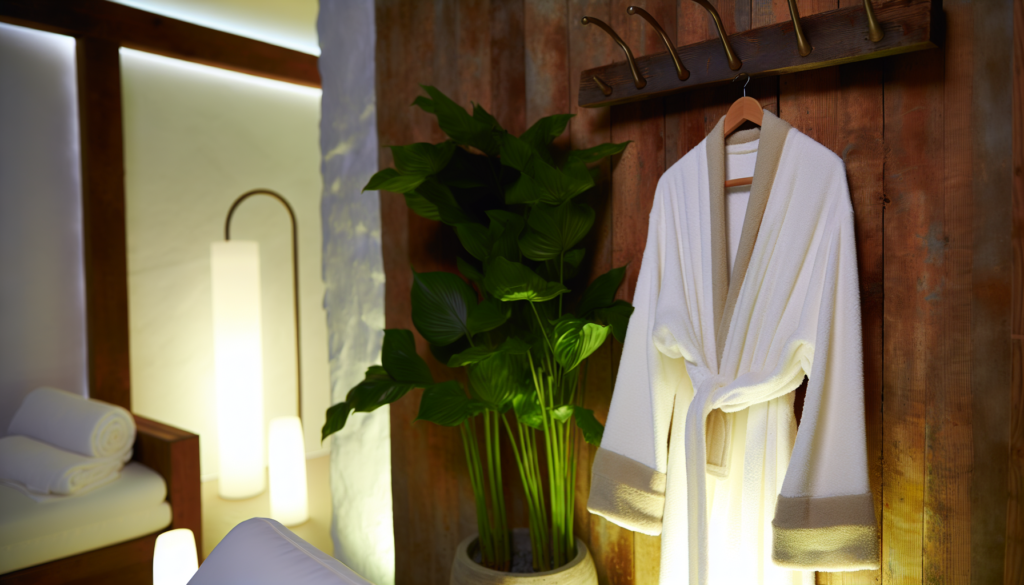Living with sensitive skin can feel like walking through a minefield of potential irritants. One wrong product, and suddenly your face is a battleground of redness, itchiness, and inflammation. I’ve been there too – trying countless “miracle” products only to be left disappointed (and sometimes with worse skin than before). But after years of trial and error, consulting with dermatologists, and researching ingredients, I’ve finally discovered a clear skin routine for sensitive skin that actually delivers results without the irritation. This simplified 5-step approach focuses on gentle, effective products that calm inflammation while addressing common skin concerns.
Understanding Your Sensitive Skin Before Starting Any Routine
Before diving into any skincare routine, it’s crucial to understand what makes sensitive skin react. Sensitive skin isn’t just one condition – it can manifest differently for everyone. For some, it’s redness and irritation; for others, it’s dryness and flaking. You might even experience breakouts alongside sensitivity.
What causes this sensitivity? Several factors:
The key to managing sensitive skin lies in strengthening your skin barrier while avoiding common irritants. And yes, you can achieve clear, healthy skin even with sensitivity – you just need the right approach.
Step 1: Gentle Cleansing – The Foundation of Clear Skin
The journey to calm, clear skin begins with proper cleansing. Many people with sensitive skin over-cleanse, stripping away natural oils and weakening the skin barrier.
Choose a sulfate-free, fragrance-free cleanser with a pH close to your skin’s natural level (around 5.5). Cream or gel cleansers often work well for sensitive skin types. Look for ingredients like:
When cleansing, use lukewarm water (never hot!) and gently massage the product into your skin. Avoid harsh scrubbing or washcloths that can cause micro-tears in sensitive skin. Pat – don’t rub – your face dry with a clean towel.
For those wearing makeup or sunscreen, consider double-cleansing with a gentle oil-based cleanser first, followed by your regular cleanser. This ensures all potential irritants are removed without needing to scrub.
Step 2: Hydration and Barrier Repair – The Secret Weapon
Sensitive skin often lacks adequate moisture, which further weakens the skin barrier. After cleansing, immediately apply a hydrating toner or essence while your skin is still slightly damp.
Choosing the Right Hydrating Products
Look for alcohol-free formulations containing:
Apply your hydrating product by gently pressing it into the skin rather than rubbing. This increases absorption while minimizing friction on sensitive skin.
For extremely sensitive or compromised skin, products containing ceramides and fatty acids can help rebuild your skin barrier. These ingredients essentially replace the “mortar” between your skin cells, creating a stronger defense against irritants and moisture loss.
Step 3: Targeted Treatment – Addressing Specific Concerns
Just because you have sensitive skin doesn’t mean you can’t address other skin concerns like acne, hyperpigmentation, or fine lines. The key is introducing active ingredients slowly and in gentle formulations.
For Acne-Prone Sensitive Skin
Instead of harsh benzoyl peroxide or high-concentration salicylic acid, try:
For Hyperpigmentation
Rather than irritating hydroquinone, consider:
Start using these targeted treatments just 2-3 times per week, gradually increasing as your skin builds tolerance. Always apply to completely dry skin to minimize irritation, and wait 10-15 minutes after cleansing.
Step 4: Moisture Lock – Sealing in Benefits
After treatment products have fully absorbed, apply a moisturizer to seal in hydration and active ingredients. For sensitive skin, simpler is often better.
Look for moisturizers with minimal ingredients and without common irritants like fragrance, essential oils, or alcohol. Beneficial ingredients include:
During colder months or if you have particularly dry skin, consider using a richer moisturizer at night. For oilier skin types, gel creams provide hydration without heaviness.
Step 5: Sun Protection – Non-Negotiable for Clear Skin
The final and perhaps most crucial step in your sensitive skin routine is sun protection. UV exposure can worsen almost every skin condition, from acne to rosacea, and contributes to premature aging and hyperpigmentation.
For sensitive skin, mineral sunscreens containing zinc oxide and/or titanium dioxide are generally less irritating than chemical filters. Many newer formulations have eliminated the white cast issue that once plagued mineral sunscreens.
Apply a broad-spectrum SPF 30-50 as the last step in your morning routine, using approximately a quarter-sized amount for your face and neck. Reapply every two hours when outside or after swimming/sweating.
Even on cloudy days or when staying indoors, sun protection is essential. UVA rays penetrate clouds and windows, silently damaging your skin without you feeling it.
Establishing a simple yet effective clear skin routine for sensitive skin isn’t about using dozens of products or the latest trends. It’s about consistency with gentle, targeted approaches that respect your skin’s natural barrier. Remember, results won’t happen overnight – give your skin at least 4-6 weeks to show improvement from any new routine. And when in doubt, consult with a dermatologist who can provide personalized recommendations for your unique skin concerns. Your journey to clear, calm skin starts with these five simple steps that truly work for even the most sensitive complexions.







